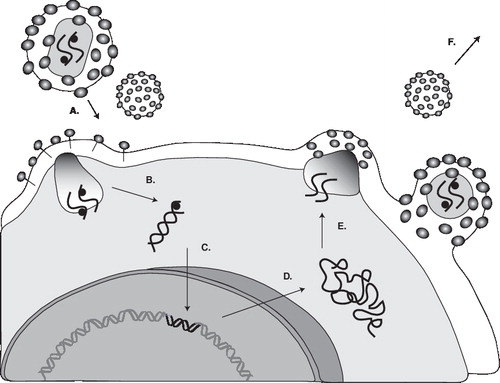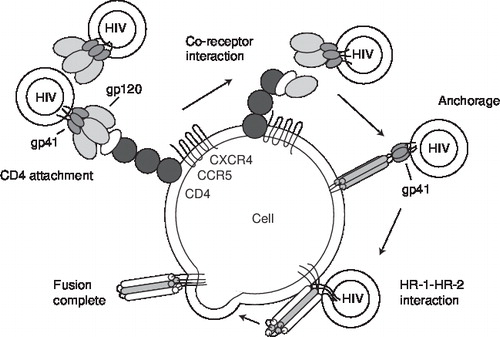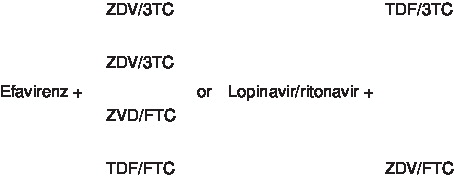Figures & data
Table 1. General characteristics of nucleoside analogue reverse inhibitors.
Table 2. General characteristics of the currently available non-nucleoside analogue reverse transcriptase inhibitors.
Table 3. General characteristics of currently available protease inhibitors
Table 4. Investigational drugs in existing classes of antiretrovirals in advanced clinical development.
Table 5. Investigational drugs in new classes of antiretrovirals in advanced clinical development.
Table 6. Antiretroviral drugs/components not recommended for initial therapy.
Table 7. Antiretroviral regimens or components that should not be offered at any time.
Table 8. Revised WHO clinical staging system for HIV/AIDS.


